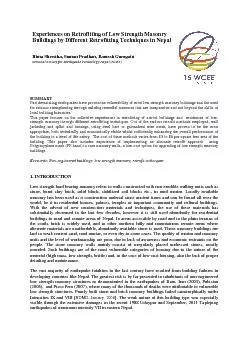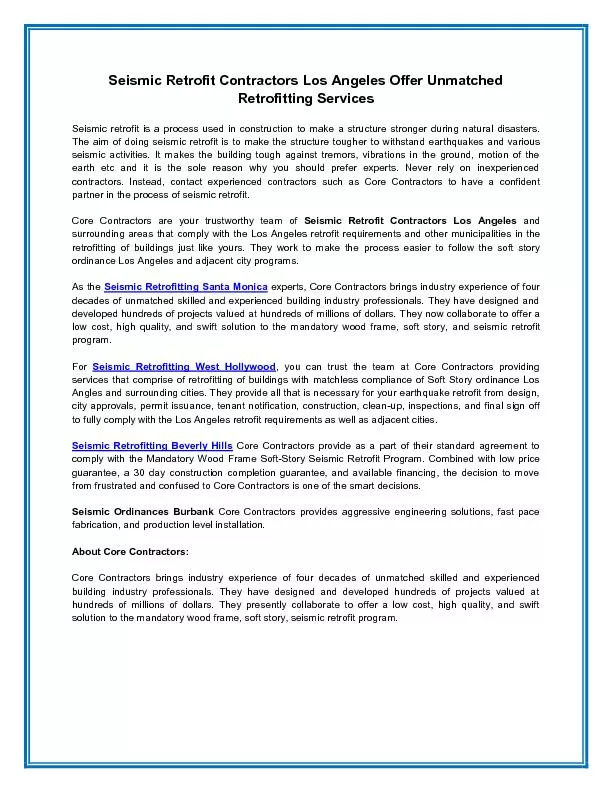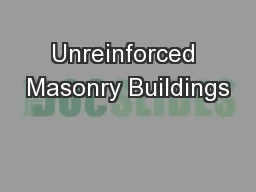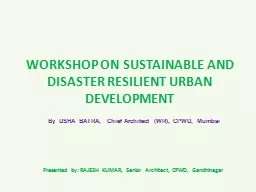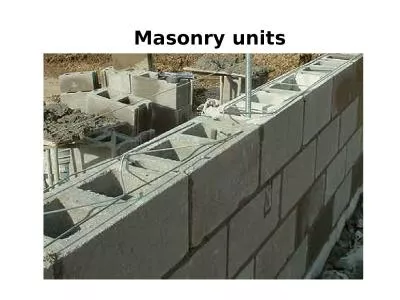PDF-Experiences on Retrofitting of Low Strength Masonry Buildings by Diff
Author : ellena-manuel | Published Date : 2017-11-25
SUMMARY Past devastating earthquakes have proven the vulnerability of most low strength masonry buildings and the need for seismic strengthening through existing
Presentation Embed Code
Download Presentation
Download Presentation The PPT/PDF document "Experiences on Retrofitting of Low Stren..." is the property of its rightful owner. Permission is granted to download and print the materials on this website for personal, non-commercial use only, and to display it on your personal computer provided you do not modify the materials and that you retain all copyright notices contained in the materials. By downloading content from our website, you accept the terms of this agreement.
Experiences on Retrofitting of Low Strength Masonry Buildings by Diff: Transcript
Download Rules Of Document
"Experiences on Retrofitting of Low Strength Masonry Buildings by Diff"The content belongs to its owner. You may download and print it for personal use, without modification, and keep all copyright notices. By downloading, you agree to these terms.
Related Documents

